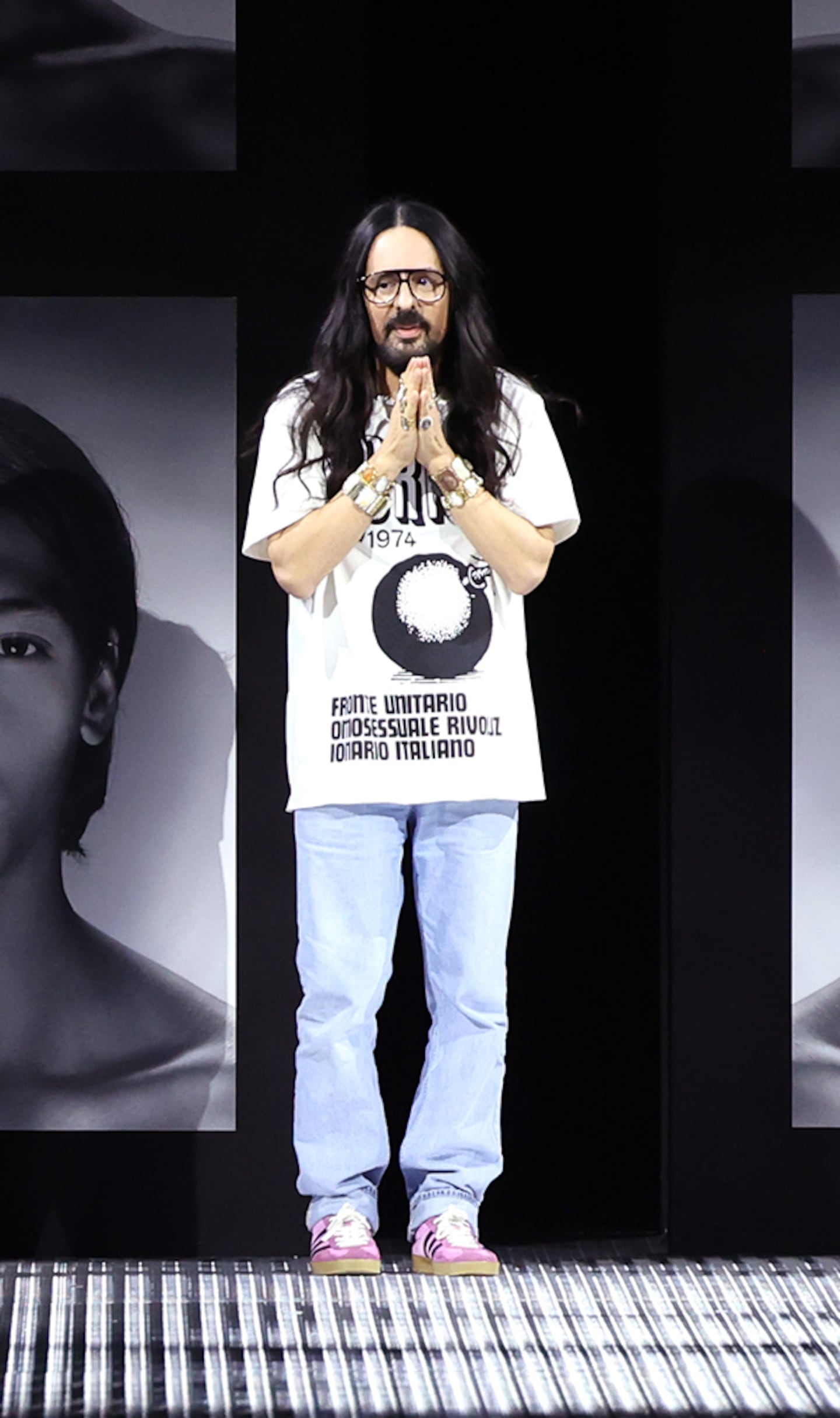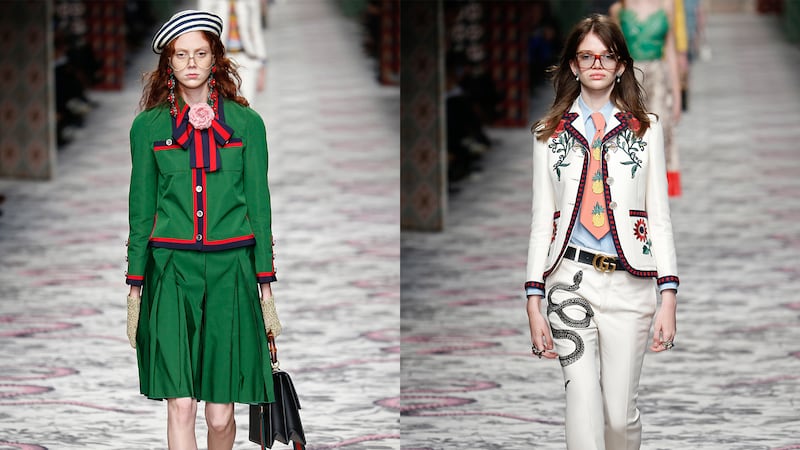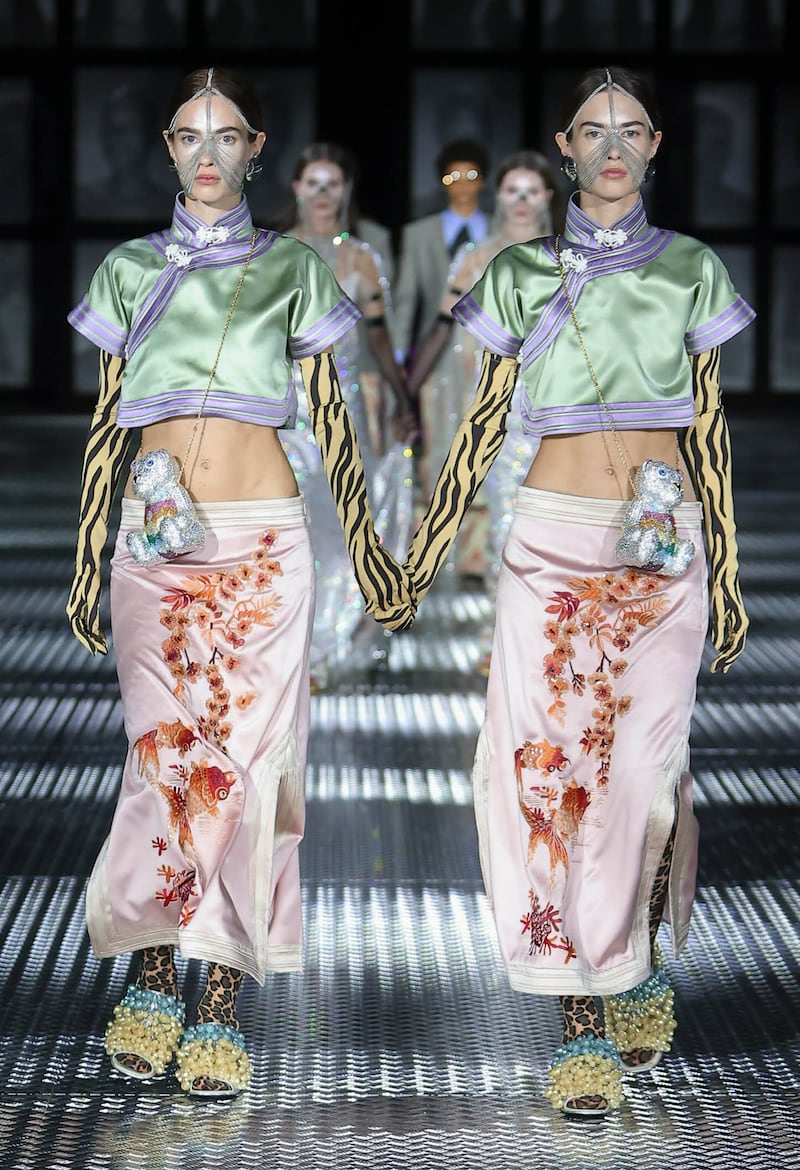
The Business of Fashion
Agenda-setting intelligence, analysis and advice for the global fashion community.

Agenda-setting intelligence, analysis and advice for the global fashion community.

It’s the end of an era for Italy’s biggest fashion brand.
Alessandro Michele, creative director of Gucci since 2015, is set to leave the company. Gucci’s design studio will “continue to carry the direction of the House forward” until a new creative configuration is announced, the Kering-owned brand said in a statement.
“There are times when paths part ways because of the different perspectives each one of us may have. Today an extraordinary journey ends for me, lasting more than twenty years, within a company to which I have tirelessly dedicated all my love and creative passion,” said Michele.
“The road that Gucci and Alessandro walked together over the past years is unique and will remain as an outstanding moment in the history of the house,” said Kering chief François-Henri Pinault. “His passion, his imagination, his ingenuity and his culture put Gucci centre stage.”
ADVERTISEMENT
After taking the creative reins of Gucci in 2015, Michele reignited excitement around the Milan-headquartered house, soon dominating the fashion zeitgeist with his decadent layering of brand signatures, streetwear-inspired merchandising and quirky, gender-fluid styling. An all-encompassing revamp of Gucci’s products, communications and store decor spearheaded by Michele alongside CEO Marco Bizzarri attracted a voracious following for the brand, and helped usher in a new, younger generation of consumers to a luxury industry that had been catering to the tastes of more mature buyers.
From 2015 to 2019, Gucci’s revenues roughly tripled and profits quadrupled during a period of rapid expansion the likes of which had never been seen in the modern luxury sector — with quarterly growth rates at times approaching 50 percent. This year, Gucci is expected to close the year with annual revenue over €10 billion ($10.3 billion), a major milestone for the company.
But Gucci took a heavy hit during the coronavirus pandemic — with revenues falling by 22 percent in 2020 — and has since been growing far more slowly than mega-brand rivals like Louis Vuitton, Dior and Hermès, whose sales exploded as consumers rocked by uncertainty flocked to blue-chip luxury items seen as unlikely to go out of style.
The slower momentum at Gucci has in part been due to a higher exposure to struggling channels including wholesale, off-price and travel retail, whose share of the business the company has since worked to scale back.

But there were also signs of consumer fatigue as the novelty factor of Michele’s twisted, maximalist aesthetic wore off. In a February meeting with journalists, Kering chairman François-Henri Pinault said he wanted the company’s brands to refocus their efforts on a more timeless approach to luxury.
In recent seasons, Michele’s designs for Gucci have included more understated, elevated fare: less streetwear and more tailoring or embroidered knits, and classic handbags that deployed one or two key brand signatures like horse-bits and red-green stripes rather than layering them with decorative elements like painted flowers, moth-shaped charms or cartoon characters. Gucci hired a new merchandising director to revamp its commercial offer, as well as announcing a full return to the fashion calendar with 6 collections per year in a bid to boost innovation and newness.
Still, the evolution within Gucci’s collections has struggled to catch consumers attention, perhaps drowned out by the designer’s ultra-consistent, funky topline message, which is still being reinforced by over-the-top styling on runways (headscarves and eyeglass chains abound) and a campy, Old Hollywood vibe on the red carpet.
Sales missed estimates for the third quarter, rising 9 percent compared to a 22 percent jump at Vuitton-owner LVMH and 24 percent growth at Hermès.
ADVERTISEMENT
Analysts and investors have raised concerns that Gucci’s recent changes won’t be enough to accelerate growth in line with peers.

“Gucci is suffering from brand fatigue,” Bernstein analyst Luca Solca wrote in a note to clients. “In order to reaccelerate, Gucci doesn’t need to move to the mainstream or to become timeless. It needs to open a new creative chapter.”
Michele, too, has hinted he could use a break just as the brand seeks to accelerate its creative rhythm. “Working is becoming more and more intense for me,” he told reporters following his show at Milan Fashion Week in September. “This tiredness is something different. The backstage work [this season] was more tiring than usual,” he added.
Shares rose 2 percent in early trading Wednesday following a Women’s Wear Daily report citing unnamed sources that Michele’s departure from the brand was imminent.
Additional reporting by Lauren Sherman.
With Kering’s flagship brand struggling to keep up momentum, analysts and investors rallied around a report saying creative director Alessandro Michele is set to leave the company.
Luxury’s biggest pre-pandemic success story is reinforcing its high-end credentials as it works to transition from an era of fashion-driven ‘reinvention’ to a new chapter of ‘sustainable elevation.’

Robert Williams is Luxury Editor at the Business of Fashion. He is based in Paris and drives BoF’s coverage of the dynamic luxury fashion sector.
The LVMH-linked firm is betting its $545 million stake in the Italian shoemaker will yield the double-digit returns private equity typically seeks.
The Coach owner’s results will provide another opportunity to stick up for its acquisition of rival Capri. And the Met Gala will do its best to ignore the TikTok ban and labour strife at Conde Nast.
The former CFDA president sat down with BoF founder and editor-in-chief Imran Amed to discuss his remarkable life and career and how big business has changed the fashion industry.
Luxury brands need a broader pricing architecture that delivers meaningful value for all customers, writes Imran Amed.